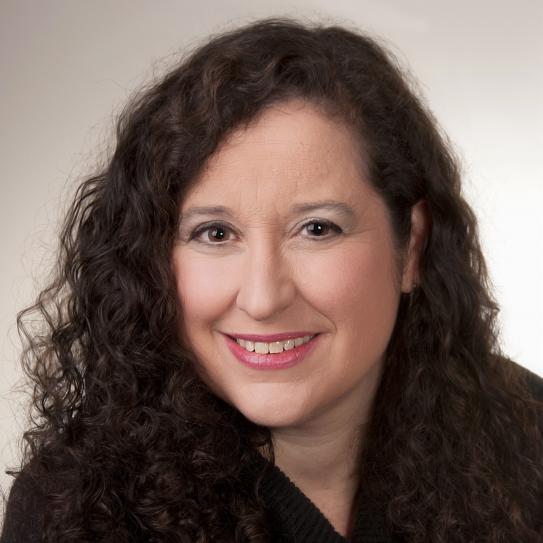Reverse Engineering to Estimate Subsurface Utility Infrastructure Density for Financing Smart City Infrastructure
- Terri Matthews, Director, Town+Gown:NYC (@ NYC DDC)
- Town+Gown Utilidor Working Group
Abstract
This capstone will develop a methodology to estimate subsurface utility infrastructure density (3D volumetric approach) within NYC from NYC DCP surface density maps, USGS Lidar, and NYC DOT street geometry data for public right of way area calculations (and possibly estimating subsurface densities in Westchester and Nassau Counties for comparison purposes in a similar manner), to permit a subsequent estimation of a utility pricing gap within NYC to support development of revenue sources to finance utilidors.
Project Description & Overview
There is a positive long-term benefit over cost from implementing modern infrastructure designs, such as subsurface utilidors, for housing subsurface infrastructure. Identifying revenues to support the finance and operation of public-private utilidors is an important step toward long-term implementation of utilidors.
Increased urban surface density, compared to less dense suburban areas within utilities’ service areas, increased subsurface infrastructure density under the public right of way (PROW) that increased private utility revenues, permitting cross subsidization across service areas. Higher urban surface densities created subsurface value that is not captured by existing utility franchise or tax payments. The extent to which utilities’ payments to NYC do not reflect the urban subsurface value (and negative externalities) constitutes a private utility pricing gap. The utility pricing gap represents a potential revenue source to finance utilidor construction and operation costs.
In the absence of subsurface infrastructure locational data, urban economics permit the assumption that subsurface infrastructure density mirrors surface density. Estimating urban subsurface volumetric density from surface density maps and PROW area calculations would provide an initial order of magnitude. This capstone would estimate subsurface utility infrastructure densities (3D volumetric approach) across NYC from NYC DCP surface density maps, USGS Lidar, and NYC DOT street geometry data. The team would broadly estimate subsurface densities in Westchester and Nassau Counties for comparison purposes. This project would provide the first important step to permit a subsequent estimation of the utility pricing gap to support development of revenue sources for financing.
Datasets
The sponsor expects the students to use publicly available data such as NYC DCP surface density maps, USGS Lidar, and NYC DOT street geometry data for public right of way area calculations. Another very successful 2019 capstone project for NYC DEP was accomplished solely with publicly available data (https://dhi211.wixsite.com/nyc-ufsi-map), and the final deliverable was used to verify the finding from a funded hydrology and hydraulics research project leading to a publicly posted map.
NYC density maps are available at:
- https://www1.nyc.gov/site/planning/data-maps/nyc-population/geographic-reference.page
- https://www1.nyc.gov/assets/planning/download/pdf/data-maps/nyc-population/historical-population/pop_density_1950_2010.pdf
- NYC street data and maps are available from NYC DOT LION data base.
- All prior research for the UWG, including two life cycle cost benefit analyses, is available to download under the UWG section at https://www1.nyc.gov/site/ddc/about/town-gown-working-groups.page
- See also Terri Matthews and Debra F. Laefer, Local public right of way for surface and subsurface resource integration, Civil Engineering and Environmental Systems at https://www.tandfonline.com/doi/full/10.1080/10286608.2022.2095371
- See also Alain Bertaud, Order Without Design (Cambridge: MIT Press, 2018)
Competencies
All students should have excellent data analytic and mapping/data visualization skills, and an interest in financially and environmentally sustainable infrastructure design would be helpful.
Learning Outcomes & Deliverables
The deliverables will be an interactive visualization of subsurface infrastructure densities across NYC and surrounding counties and a final report that provides the methodology and analyses used and findings.
- As part of the research component, the students will gain a deep understanding of urban subsurface utility infrastructure issues and smart city finance issues.
- This data manipulation and visualization will enable the students to use all data analytic skills learned to date and possibly require them to pick up other techniques required by the project.
- If time permits and the students develop theories, performance metrics and predictive models to test potential for future expansion of these efforts may be created.
Students
Yutong Lan, Zihao Liu, and Zihao Wu


